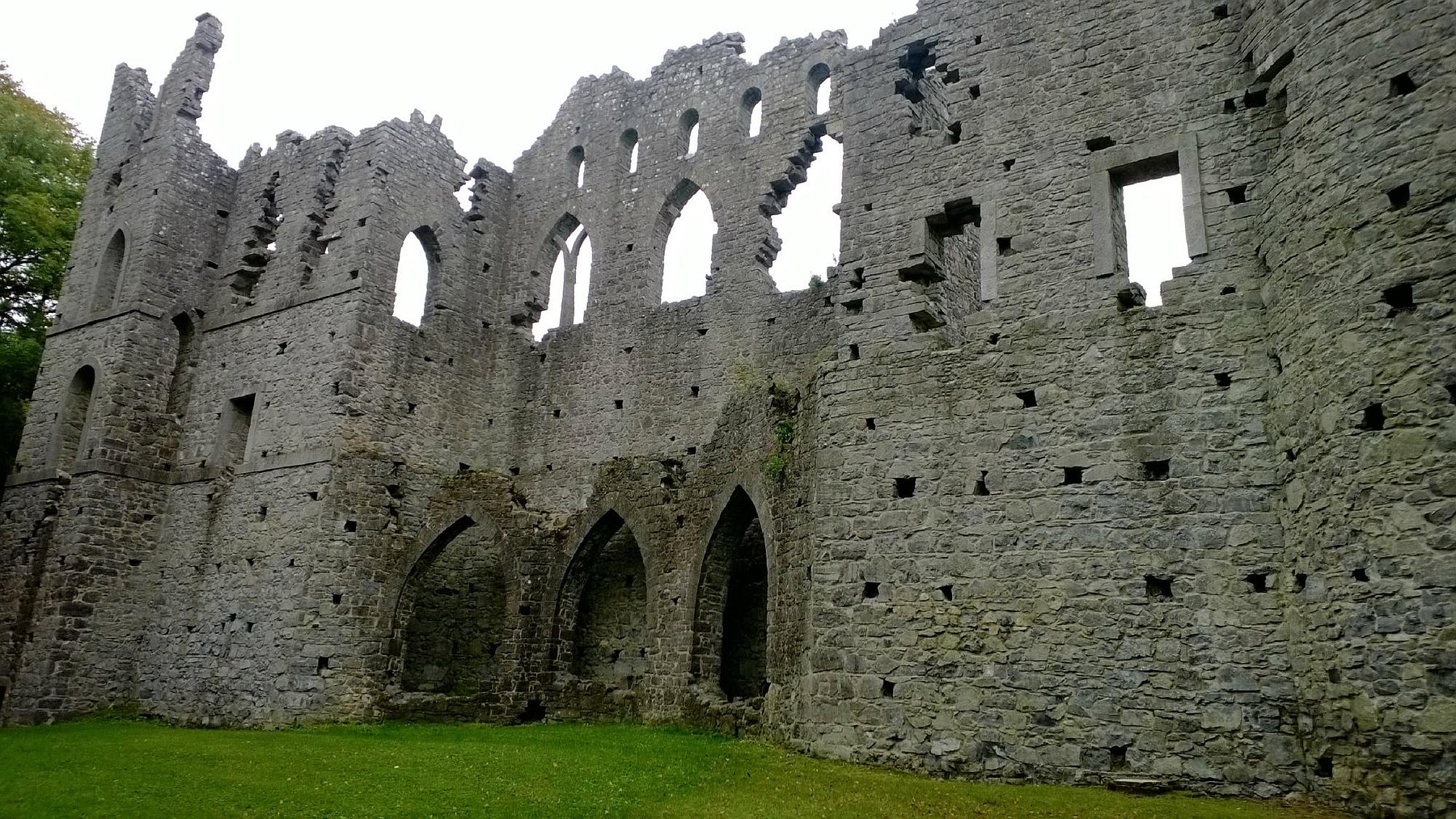
There’s a softer side to Ireland, just beyond the well-worn roads and postcard views. It lingers in the hush of mossy ruins, the hush of sea mist clinging to stone, and the quiet corners of the countryside where time seems to slow. These are the places that aren’t always marked on the maps – the hidden gems and lesser-known landmarks that whisper rather than shout.
Away from the tour buses and crowds, Ireland reveals itself in fragments: a heart-shaped lake tucked high in the hills, a ruined friary watching over the water, a prehistoric road buried beneath the bog. Each of these places carries its own story, gently waiting for those curious enough to seek them out. Come with us, friends. Let’s wander off the beaten path.
Gleniff Horseshoe, County Sligo
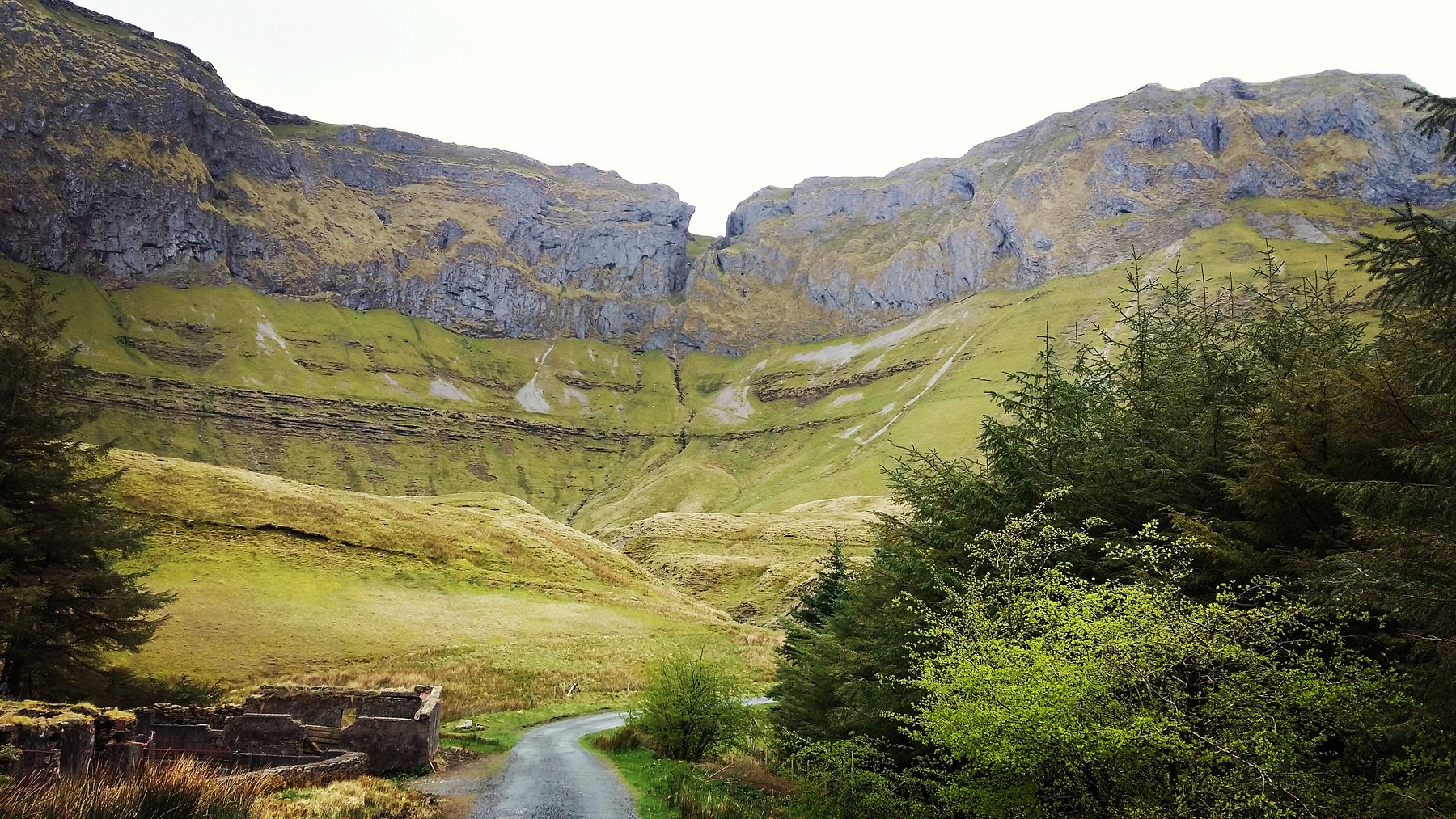
Tucked into the wilds of County Sligo, the Gleniff Horseshoe is a six-mile loop of road surrounded by towering limestone cliffs and steep green valleys. This hauntingly beautiful spot is linked to Irish legends like the tragic tale of Diarmuid and Gráinne, who are said to have hidden in a nearby cave while fleeing Fionn Mac Cumhaill, a mighty warrior renowned in Celtic folklore.
It’s a quiet place, perfect for a scenic drive or a slow walk, and chances are you won’t see many other tourists here. If you have a proper camera, bring it with you. The landscape here changes with the light, shifting from moody gray to glowing green in a matter of seconds. Also, keep an eye out for old ruins from the area’s mining days and the now-abandoned schoolhouse, adding another touch of ghostly charm.
The Swiss Cottage, County Tipperary
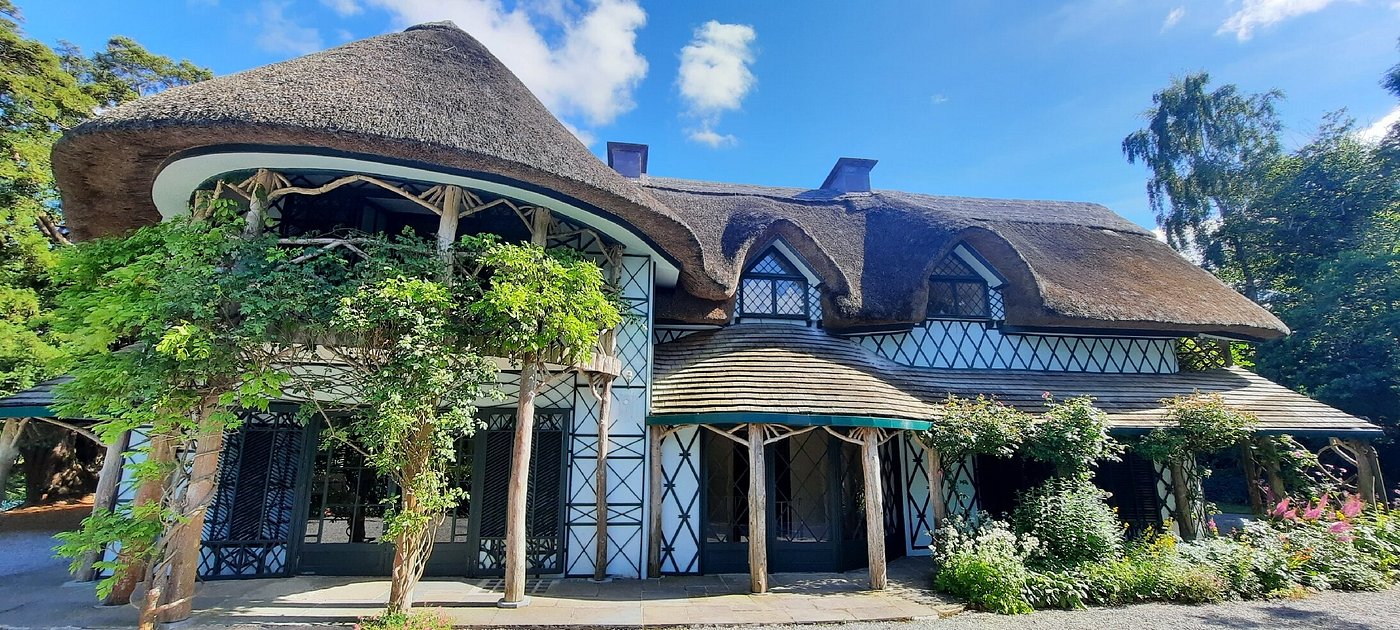
Right outside the town of Cahir sits one of Ireland’s quirkiest architectural surprises: The Swiss Cottage. Built in the early 1800s by Richard Butler, the 1st Earl of Glengall, this ornamental cottage was designed for leisure rather than practicality. It was a place for aristocrats to “play peasants” in the style of the Romantic movement.
Inside, you’ll find original furniture, wallpaper from Paris, and a spiral staircase straight out of a fairy tale. It’s small, but so beautifully preserved and whimsical that it feels like stepping into another time. Combine your visit with a trip to nearby Cahir Castle for a full day of historical charm.
Rathlin Island, County Antrim
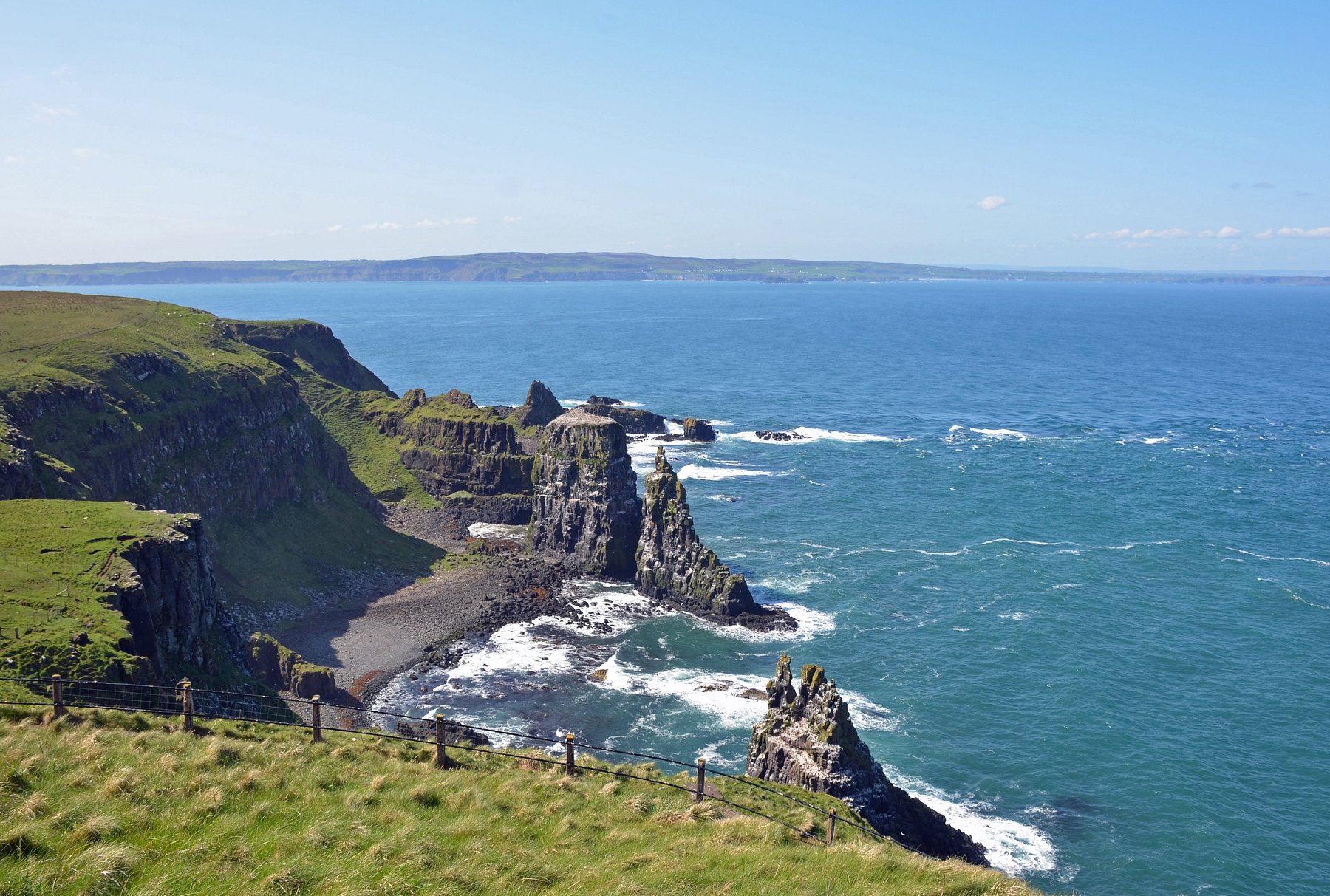
Just off the coast of Northern Ireland lies Rathlin Island, a windswept, rugged place that’s full of wildlife, folklore, and a rich maritime history. It’s where Robert the Bruce, a 14th-century Scottish king, is said to have hidden in a cave and watched a spider persistently rebuild its web – an old story about patience and perseverance.
Today, Rathlin is a haven for seabirds (including puffins, if you time it right – mainly from late April to early August). You can hike along coastal cliffs, explore lighthouses, and even visit a kelp house museum. There’s a quiet, timeless energy to the island, perfect for slowing down and really feeling the rhythm of rural Irish living.
Corlea Trackway, County Longford
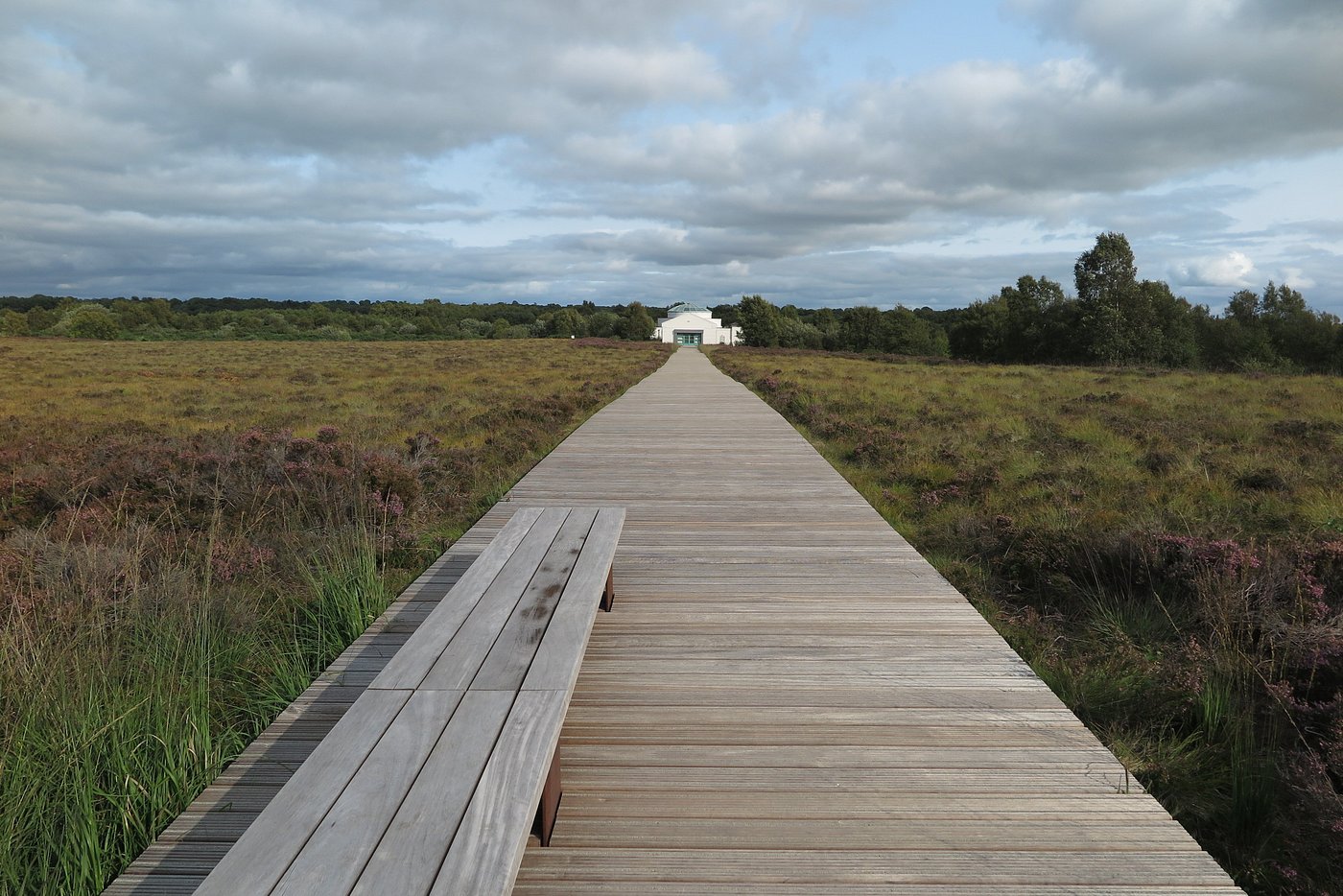
Buried in the boglands of Longford is a remarkable piece of ancient engineering: the Corlea Trackway. This Iron Age wooden road was built in 148 BC and is preserved thanks to the peat bog that protected it from decay for over 2,000 years.
Walking through the visitor center and seeing the oak planks laid by Ireland’s ancestors is genuinely humbling. You’ll get a glimpse into a time when people braved these harsh, wet landscapes and still built with skill and intention. It’s one of those places that feels almost sacred, and so many travelers don’t even know it exists.
Dunmore Cave, County Kilkenny
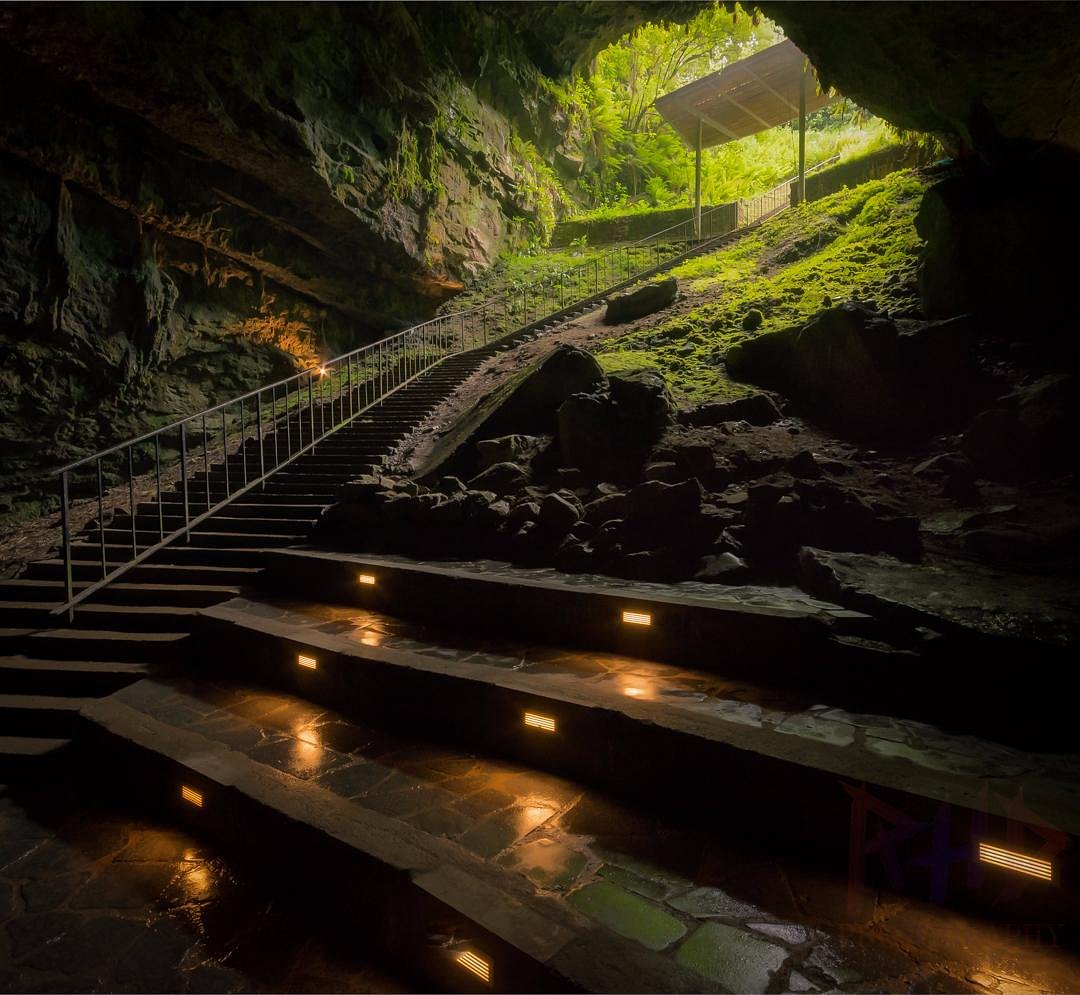
Dunmore Cave offers a thrilling mix of natural beauty and dark history. Located just outside Kilkenny City (a must-visit), this limestone cave system features incredible stalactites and stalagmites, but it’s also known for a chilling Viking massacre in 928 AD, where hundreds of people reportedly perished during a raid.
As you descend into the cave, a hush falls over everything. It’s cool, still, and echoes of the past. Guides bring the story to life with just enough drama to make the hairs on the back of your neck stand up. There’s also a visitor center to help put everything in context. All in all, Dunmore Cave is spooky, stunning, and totally underrated.
Céide Fields, County Mayo
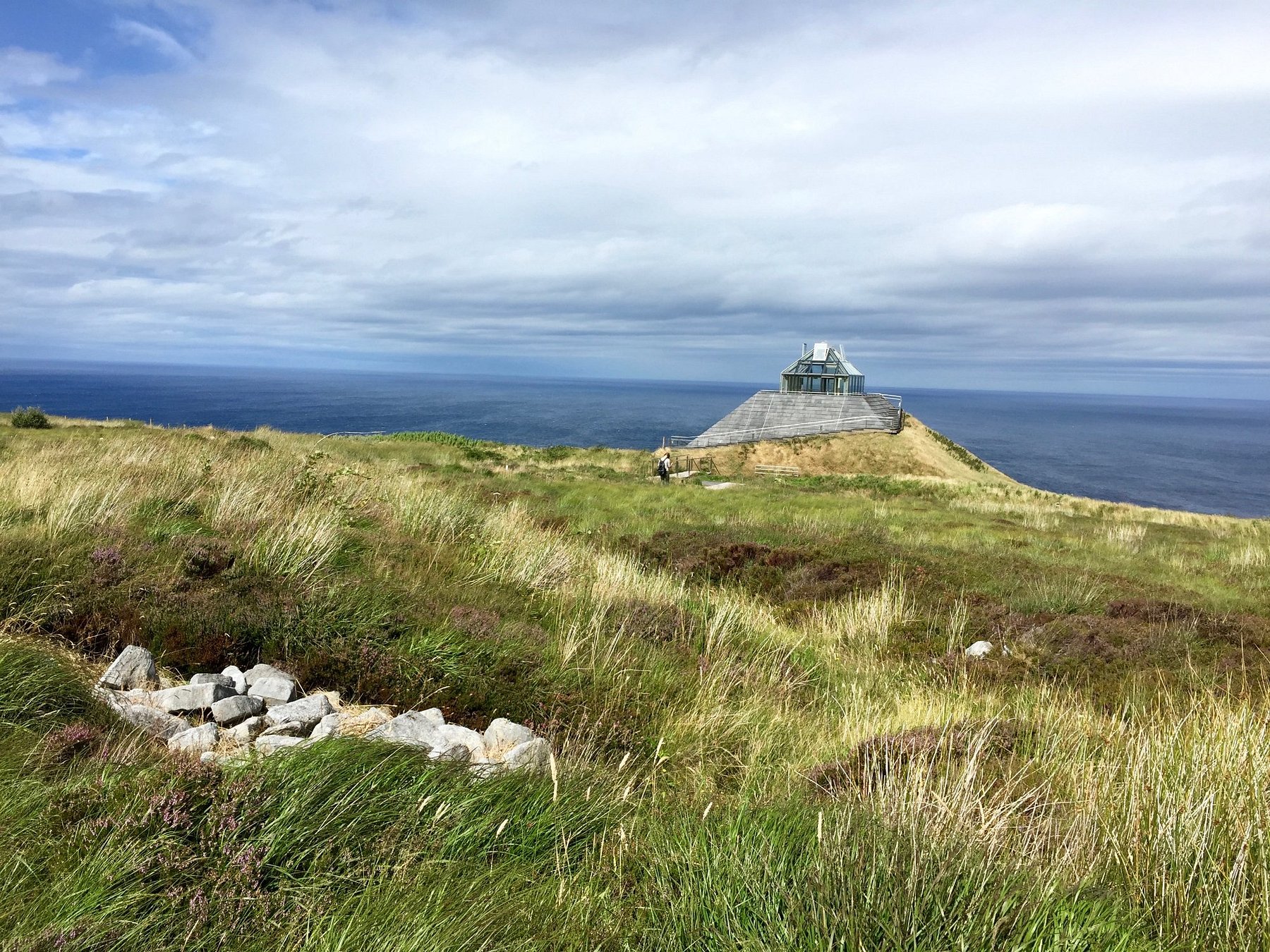
Céide Fields are older than the pyramids, and yet relatively unknown. This prehistoric landscape on the Mayo coast preserves the oldest known field systems in the world, dating back nearly 6,000 years. Beneath layers of bog, archaeologists have uncovered stone walls, dwellings, and tombs that tell the story of a long-vanished community.
You can explore the area via guided tours and boardwalks that cross the wild bogland. The clifftop views are spectacular, especially on a clear day. It’s humbling to walk where ancient farmers once toiled, knowing their traces still remain underfoot.
Lough Ouler, County Wicklow
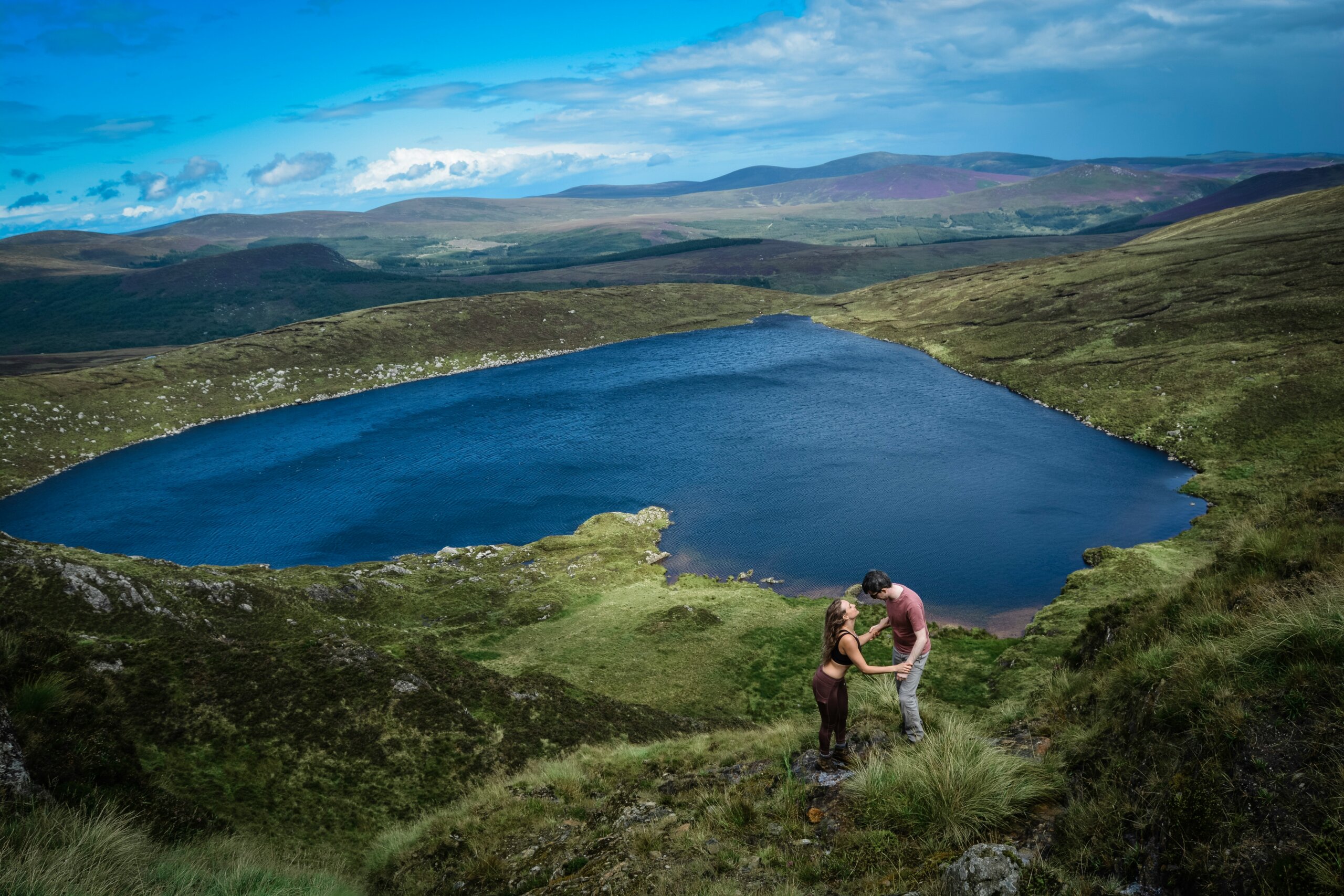
Lough Ouler is Ireland’s “heart-shaped lake,” and it’s hidden high in the Wicklow Mountains. Reaching it takes a bit of effort – a solid hike from the Glenmacnass Waterfall or Tonelagee Mountain – but, the payoff is worth every step.
The lake’s unique shape and dramatic mountain backdrop make it one of the most photogenic spots in Ireland yet, somehow, it still flies under the radar. It’s the perfect picnic spot if you like your views wild and your surroundings peaceful. Just be sure to wear good boots and pack some snacks. It’s a proper little adventure.
Timoleague Franciscan Friary, County Cork
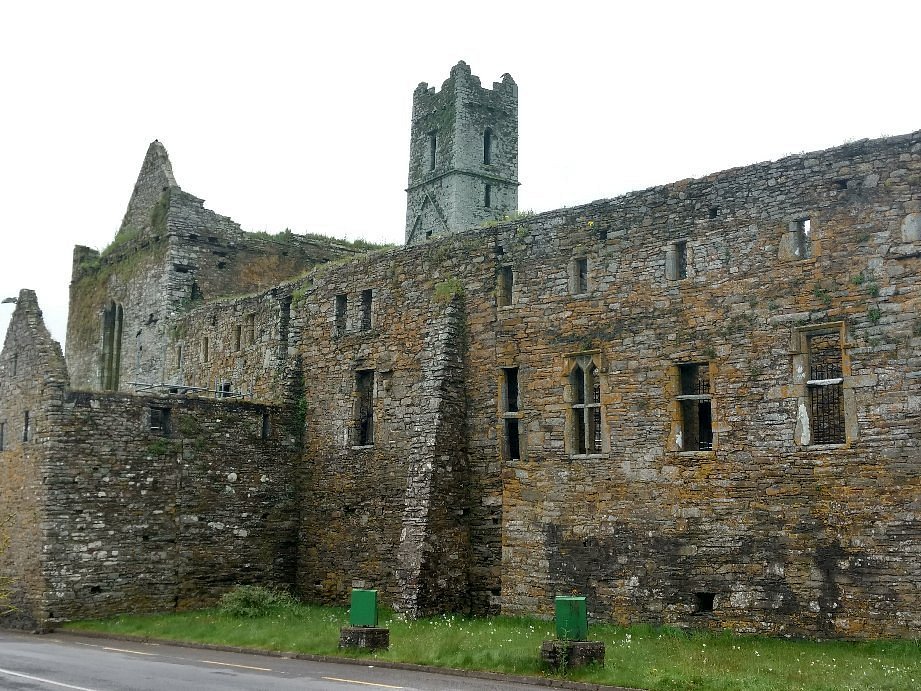
On the banks of the Argideen River, Timoleague Friary is a striking ruin surrounded by sea mist and silence. Founded by Franciscan monks in the 13th century, it was partially destroyed during the Cromwellian campaigns in the 1600s, but many of its cloisters and carvings remain intact.
What makes this friary special is the peacefulness of the site. It’s easy to imagine the monks walking among the arches, tending to gardens, and singing hymns. You’ll find elaborate stonework, tombs, and scenic views over the estuary, all without the tour buses and crowds.
Belvedere House and Gardens, County Westmeath
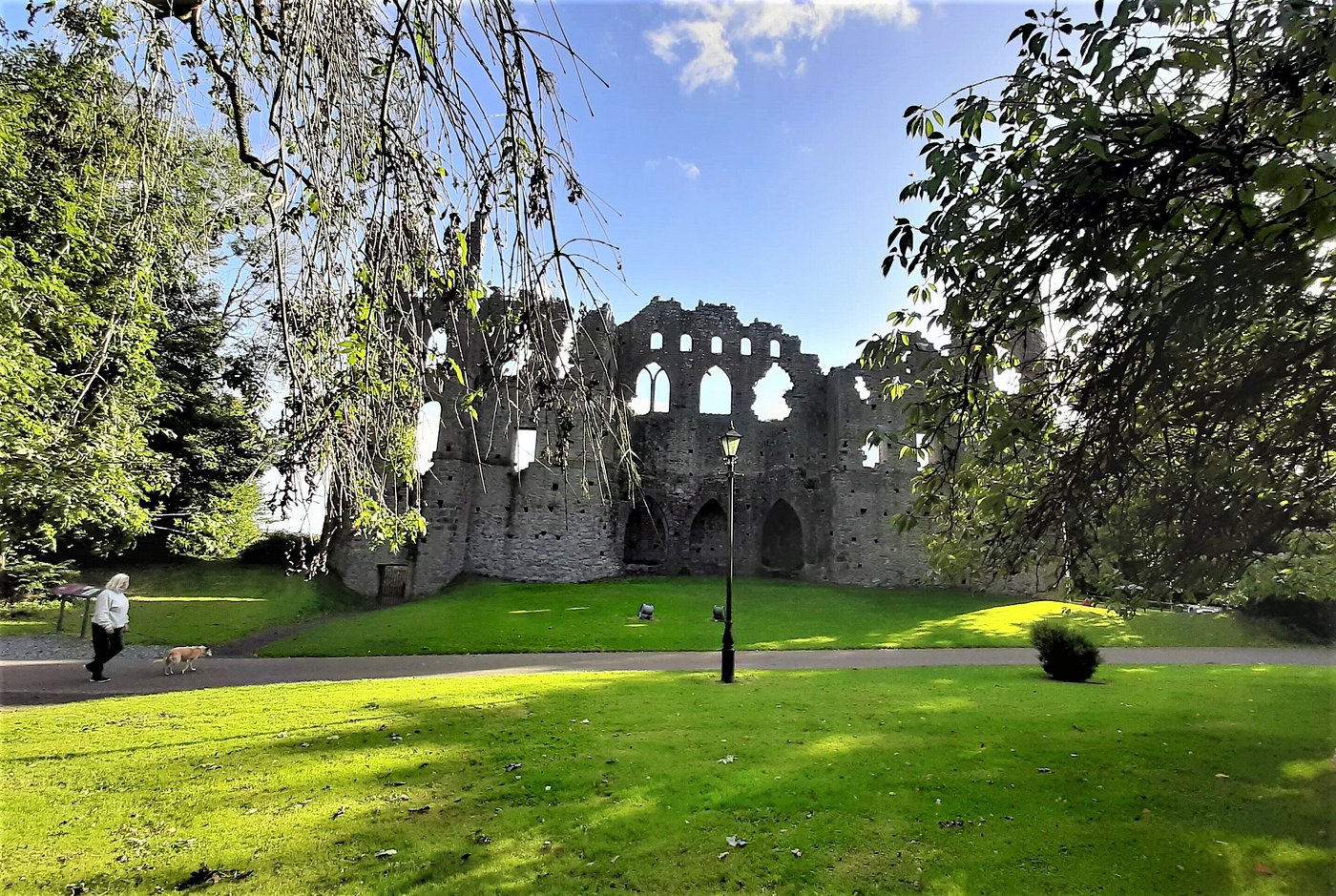
Belvedere House is a Georgian villa with a slightly scandalous past. Built in the 18th century, it was owned by Robert Rochfort, the Earl of Belvedere, who famously imprisoned his wife in the house for over 30 years over a suspected affair. To block out his brother’s more lavish home next door, he even built a massive wall, now known as the Jealous Wall.
Aside from the juicy gossip, the house is surrounded by beautifully landscaped gardens and walking trails along Lough Ennell. It’s a peaceful spot for a day trip, and the house itself offers a glimpse into the grandeur (and drama) of Ireland’s aristocratic past.
Ballycarbery Castle, County Kerry
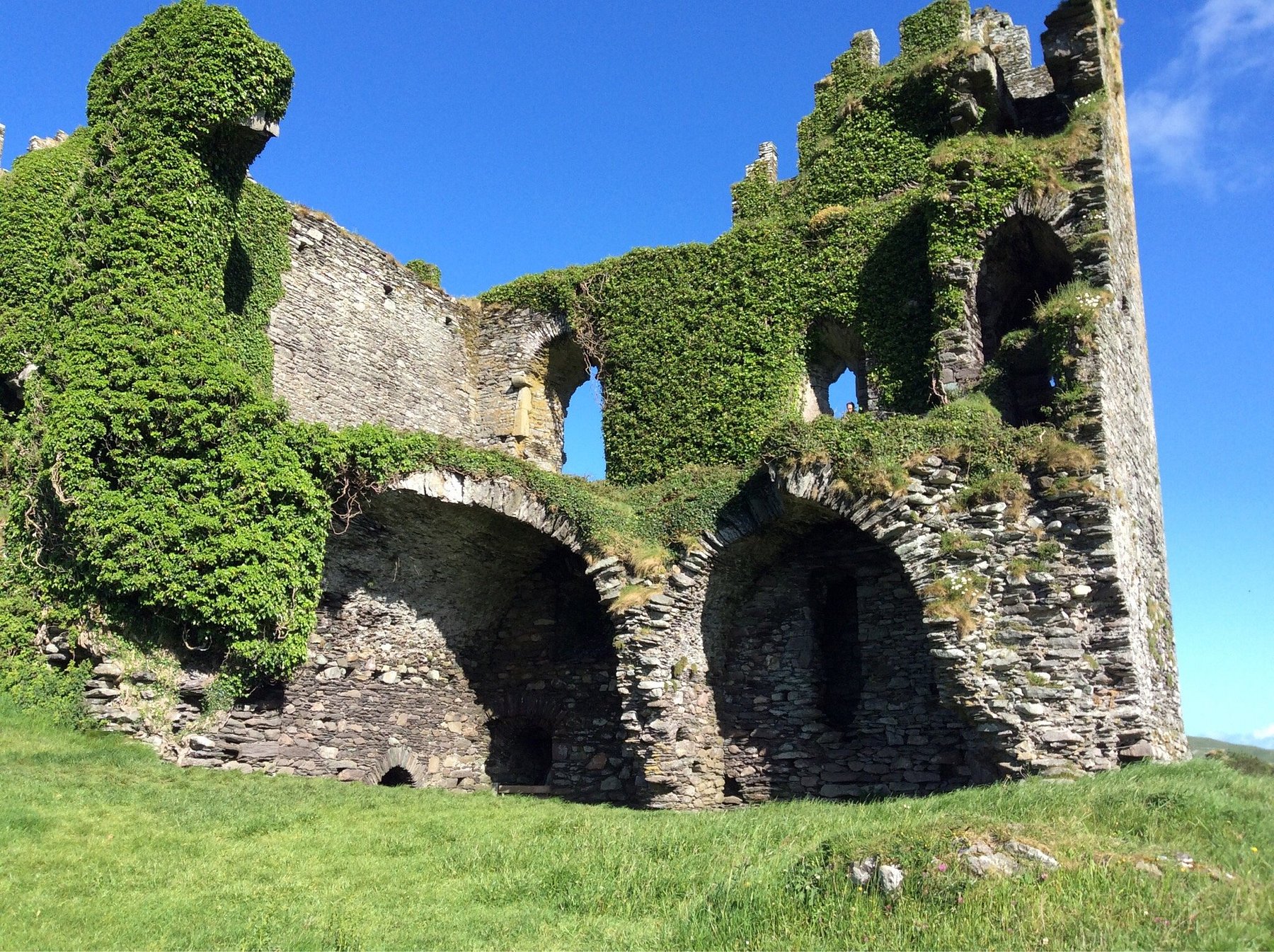
While tourists flock to Ross Castle or Bunratty (and you should, too, if you’ve never been), few make the detour to Ballycarbery Castle near Cahersiveen. This ivy-draped ruin dates back to the 16th century and sits dramatically by the sea.
Though technically a ruin, it’s still possible to explore the exterior and take in the atmospheric arches and weathered stone walls. Combine a visit with the nearby Cahergall and Leacanabuaile Stone Forts for another mini history tour. You’ll find that your day turns out to be rustic, romantic, and perfect if you prefer your castles without the selfie sticks.
Where the Quiet Stories Live
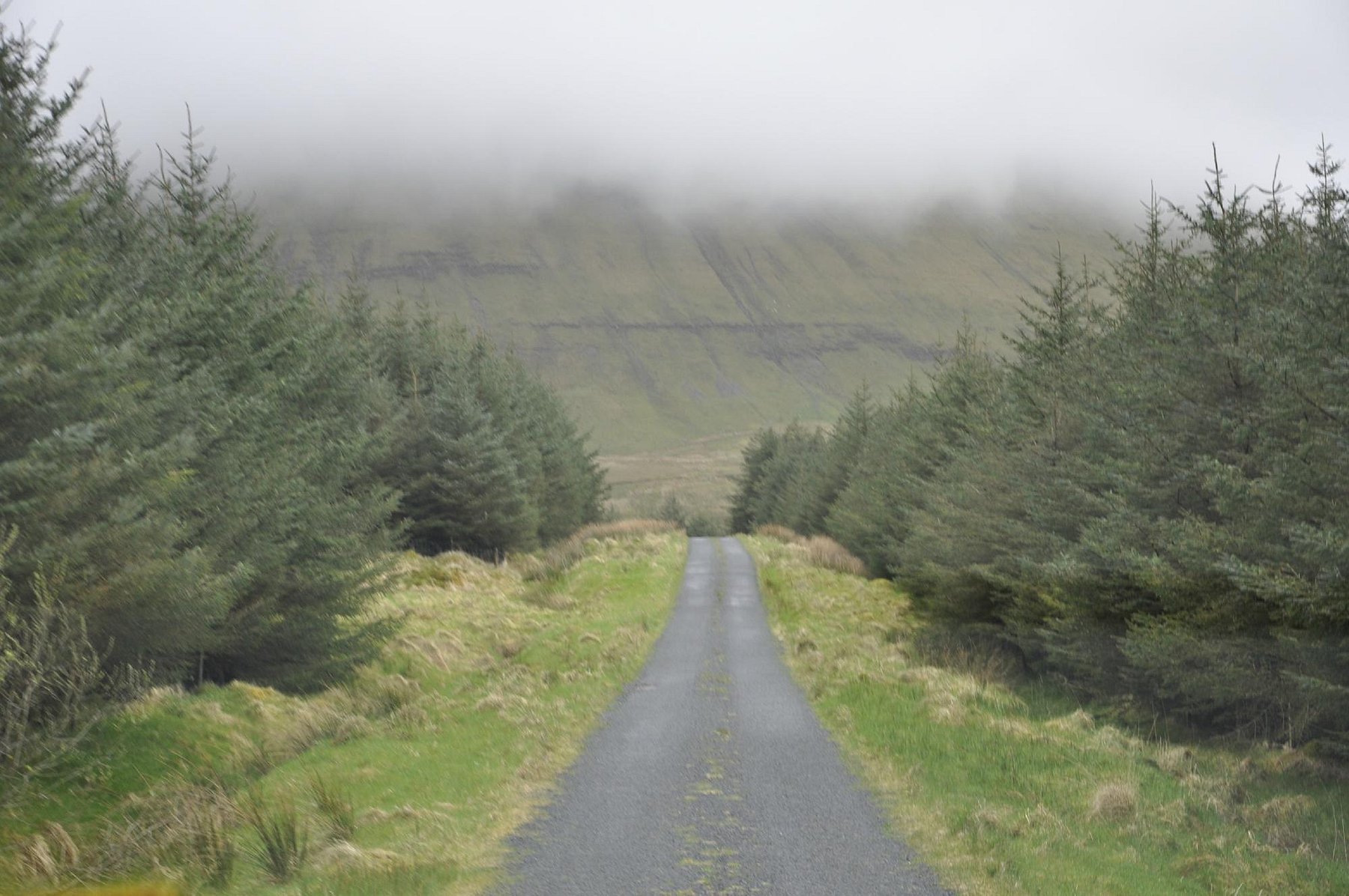
Although Ireland is certainly full of famous landmarks, the magic often lies in the places you stumble upon when you stray away from the beaten path. These ten hidden gems might not be on every postcard, but they’ll stay with you long after you leave the Emerald Isle.
Whether you’re chasing ancient legends, heart-shaped lakes, or forgotten ruins, Ireland has a way of surprising you. All you have to do is dig a little deeper.
Come check out our library of destination guides on these enchanted lands. Ireland holds a special place in our hearts. One of our writers even lives there now. (Hi! It’s me, Kit!) We’ll do everything we can to help you get swept away in the mystical embrace that only Ireland has to offer.
